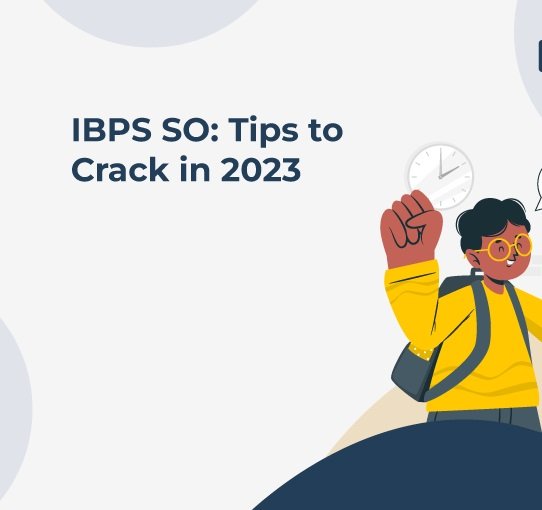Drinking a glass of Champagne means having a blend of tradition and prestige. Grandes marques, produced by strong Artisanal vintners want to reshape the Champagne production landscape. Small growers in Australia and other countries have challenged the champagne production norms.
Many large Champagne production companies make a blend of grapes from diverse varieties and different vineyards. It leads to consistent flavours. The best small growers concentrate mainly on revealing the distinctive characteristics of their drinks. They have found that the combination of topography, soil condition and climatic factors has created a unique flavour profile.
Champagnes from grapes of a single vineyard
Small champagne companies have considered a single vineyard for champagne production. They highlight the main grapes’ characteristics in a particular place. On the contrary, larger houses have chosen a blended approach. Another significant trend is that small local growers depend on traditional production methods. Hand-harvesting the grapes is an important approach for small producers. However, the larger producers have invested in mechanised techniques.
Minimal intervention in the winemaking process
Minimum intervention is another vital factor posing challenges to major champagne producers. Small producers want to make wine without significant intervention. So, if you drink champagne from these growers, you will get the grape’s natural flavours. There is no risk of excessive manipulation. Native yeast is added to the formula to promote the fermentation process. Manufacturers have not used additives for this purpose.
Small champagne businesses with a sustainable production process
Organic farming and sustainable practices are very common for many businesses in the modern world. So, small Champagne-like producers in Australia have started focusing more on eco-friendly practices. Biodynamic methods are also implemented for growing grapes. Growers use no synthetic fertilisers and pesticides for this purpose.
The small labelling of the bottles represents the champagne wines. Vignerons or grower producers have started vinifying their branded wines. So, there will be an implementation of more target growers for small wine production. The small growers want to process grape separation during harvesting and growing processes.
More about champagne production
Maintaining harmony with Mother Nature is the most important aspect of the champagne production process. Growers like to focus on the needs of wine and soil. They found better ways to manage challenges. Moreover, they are aware of their social responsibility while running the business. That is why they always like to implement eco-friendly practices. Their goal is to preserve the natural resources of the land without compromising the champagne’s quality.
Summary
Smaller grower champagne producers have found different tactics to make the wine. They want to differentiate their businesses from larger champagne houses. Sustainability is the top priority in the champagne production process. The small growers want to produce a highly authentic drink in the market. They also sell the drinks directly to consumers through various digital platforms. It lets them develop a strong connection with customers. So, these are some ways small champagne-like producers have tried to strengthen their positions. You can buy Dom P. Champagne or other similar drinks to get the genuine taste.










